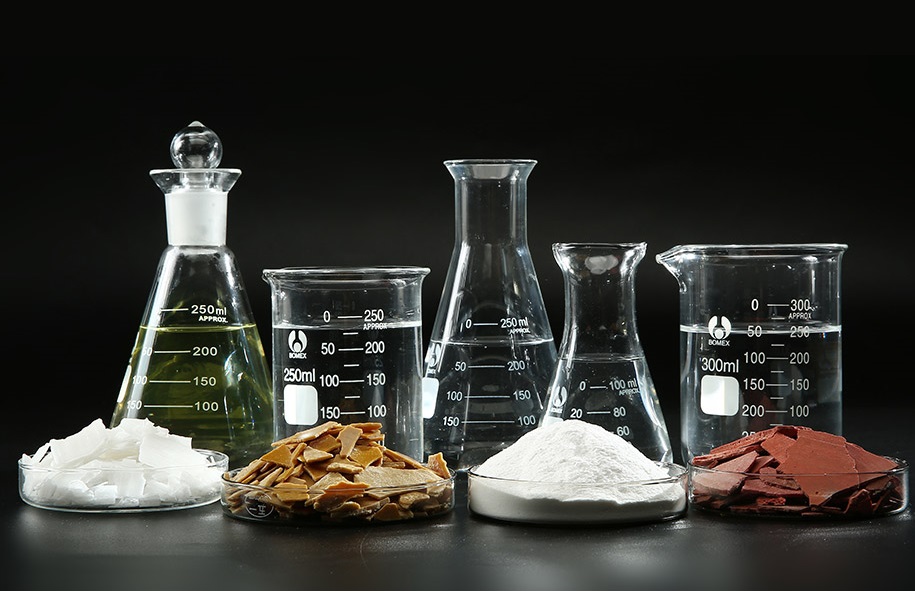You may have heard glacial acetic acid by other names, such as acetic acid, vinegar, ethyl acetate, formic acid, and acetic acid. Glacial acetic acid is the common name for anhydrous acetic acid. Acetic acid is an organic compound with the chemical formula CH3COOH. it is a colorless liquid that is also known as glacial acetic acid when undiluted. Although it is classified as a weak acid, acetic acid is very dangerous to the skin.
Acetic acid is a colorless, clear liquid with a pungent taste and vinegar odor. It is miscible with water, ethanol and ether in all proportions, and it is miscible with water, ethanol and ether in all proportions, but insoluble in carbon disulfide.
Vinyl acetate is in turn the raw material for polyvinyl acetate, an important resin used in paints, adhesives, plastics and textile surface treatment.
Another important use of acetic acid is as a raw material for acetic anhydride. This chemical is mainly used as an intermediate in cellulose acetate fibers and plastics.
A third important use of acetic acid is as a solvent to produce terephthalic acid from paraxylene. Terephthalic acid is one of the main raw materials for polyester fibers and films.
Considerable amounts of acetic acid are required for textile finishing operations. Acetic acid is also used in the production of sorbic acid, various dyes and pigments.
The pharmaceutical industry uses acetic acid in the production of vitamins, antibiotics, hormones and other products. Other products made from acetic acid are salts of acetic acid and various rubber and photographic chemicals.
This chemical can leach into regular latex gloves. Please use nitrile rubber gloves. Double gloves are a good precaution. In addition to non-latex gloves, full protection should be worn: white coat, Google or face shield, covering lower extremities. Good ventilation is very important when working with this chemical. You should always use this chemical under a ventilated hood. See also Team. Baltimore / Behind the Scenes page.
Because glacial acetic acid has a low burning temperature, it is best stored in a refrigerator or freezer at -4 degrees Celsius. This is much safer than storing it in a regular lab cabinet, even a metal one with a lock. It is usually transported in glass containers with small necks. The small neck reduces the risk of spills in case of spillage and the glass is not affected by the corrosive nature of the acid. It should not be stored near strong oxidizing agents such as sodium peroxide, nitric and chromic acids, strong acids or strong bases such as chlorine bleach.
We recommend storing under the following conditions: fireproof. Store separately from strong oxidizers, strong acids, strong bases, food and feed. Store in original containers. Well enclosed.

Glacial acetic acid may cause harm to human. Irritation of eyes, skin, nose, throat; eye and skin burns; skin irritation; tooth erosion; skin darkening, hyperkeratosis; conjunctivitis, tearing (lacrimation); pharyngeal edema, chronic bronchitis.
If a leak occurs, remove all sources of ignition. Personal protection: chemical protective clothing, including self-contained breathing apparatus. Collect spill in a sealable container. Carefully neutralize spills with sodium carbonate only if a specialist is responsible. Do not allow this chemical to enter the environment.
XINLONGWEI specializes in liquid hazardous chemicals and is one of the largest manufacturers and exporters of hydrochloric acid, sulfuric acid, nitric acid, hydrogen peroxide, caustic soda liquid and lead nitrate in North China. With high quality products and perfect production and quality management system, we have passed SGS and ISO 9001 inspection. Please send us a message today to get the quote.